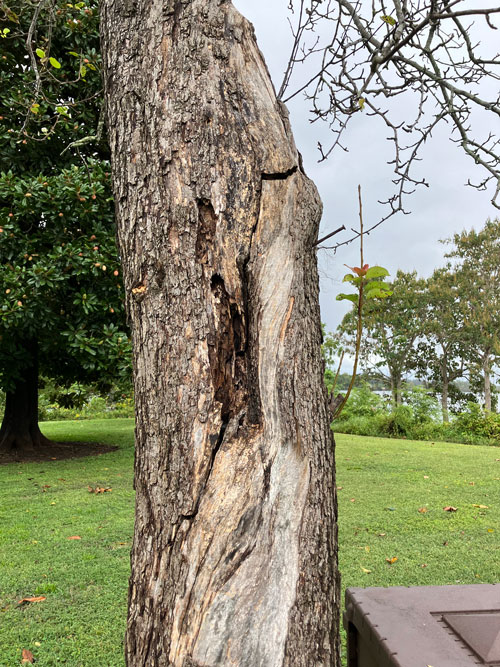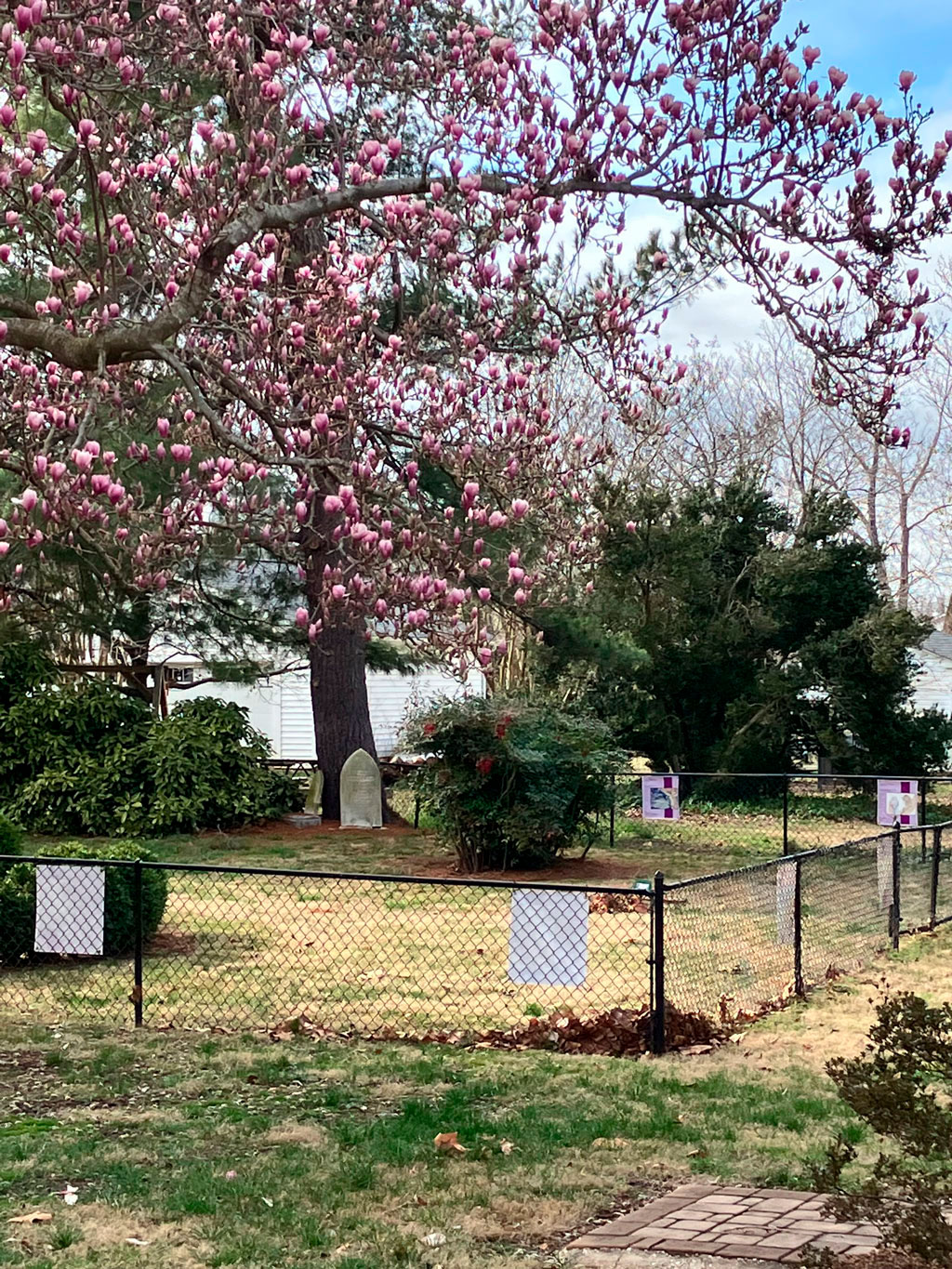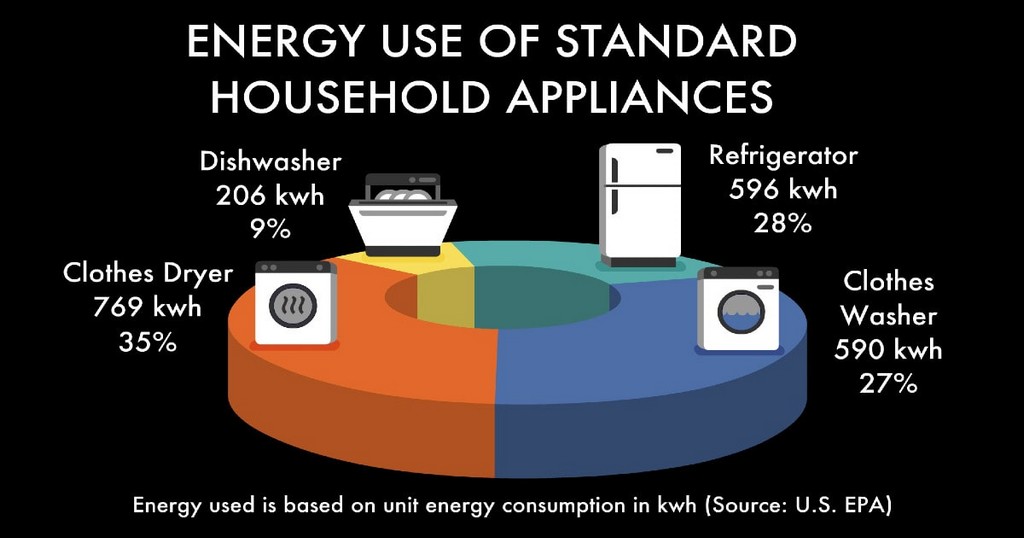- God with Actual Human People
One of the most beautiful messages that All Saints’ Day brings to light is that God is truly with us in our actual humanity. By inviting Christians to perceive ourselves as saints, this feast calls us to understand that our embodied human lives are completely intertwined with God’s sacred presence because God has chosen to be in relationship with us. God’s presence with us doesn’t suppress or subtract our humanity; instead, God embraces all our humanity—limits, graces, imperfections, and all.
Taking our actual embodied humanity seriously in how we talk about saints on All Saints’ Day can open up powerful formation conversations. An image that I find generative for envisioning God with actual human people appears in the book Where God Happens by former Archbishop of Canterbury Rowan Williams. In a discussion about loving a neighbor, he says, “You become a place where God happens.” While he uses this metaphor to describe how an act of love enables a neighbor to encounter God in and through their fellow human being, it also points to the phenomenon of being and becoming saints, actual human beings in relationship with God. Our lives become sacramental places where God shows up for us and with us. If we situate this language in our bodies and humanity, it can liberate us from believing that our bodies, humanity, or identities are hindrances to God and show us how to let God embrace all that we are, “with God’s help,” as we say.
- Holy Together
The Feast of All Saints also points Christians toward the words that we recite in the Apostles’ Creed: “I believe in . . . the communion of saints.” This creedal confession reminds us that our faith is not individual-centered but communal. While the communion of saints often gets described as a mystical body of Christ that unites Christians past, present, and future, this image also suggests that being saints entails being in communion with one another and with God. In this way, All Saints’ Day invites us to recognize that Christians, as members of the communion of saints, are holy together, saints together. God’s Spirit draws us with our differences and diverse experiences into relationships with one another in God, and this togetherness is integral to the sacredness that defines saints’ lives.
- Unknowing
Mystery is another theme of All Saints’ Day—a theme that Jennifer McNally and Anna V. Ostenso Moore note in “What Does This Day Mean? Handout for The Feast of All Saints & All Souls at Home.” When lives of faith take on a sacramental quality and become knit to a communion of saints throughout past, present, and future, we inhabit the mysterious unknowns of God’s ways. We become part of something much bigger than ourselves, and what God may be doing in and through us can surprise and elude us. All Saints’ Day points us toward the mystery that we may be to ourselves and to one another through the incomprehensibility of God’s redemptive and life-giving work among us. It invites us into a simultaneously empowering and humbling posture of welcoming unknowing with God and one another.
One way that we can approach this theme of unknowing is to reflect on our place within the communion of saints. Just as people who came before us have inspired and enriched our lives of faith in ways neither they nor we may fully realize, we don’t know what God will do in future generations through our presence in this communion. This long view of our participation in the movement of God, for whom nothing is lost or beyond redemption, enables unknowing to be a space of hope, solidarity, and courageous, faithful action rather than a source of fear or inaction.
- Love as an Icon of the Holy
All Saints’ Day is certainly about the holy. Holiness, though, can conjure unhelpful images of a punitive God demanding unattainable requirements of absolute submission and sinlessness. What can guide us toward a more life-giving understanding of holiness on All Saints’ Day is love. While John Wesley’s writings first introduced me to this idea, a chorus of scriptures and theologians throughout Christian faith, including I Corinthians 13, Augustine of Hippo, and Julian of Norwich (to name a few), shows us ways of placing love at the center of what holiness means and looks like.
When love becomes our icon of the holy, it expands and transforms our way of being in the world with God and with one another. Being saints becomes first and foremost about letting God love us. Acts of love that may seem small nevertheless forge powerful moments that join people to one another, heal wounds, and endure. Compassion, repair, reconciliation, nonviolence, and spaces held for vulnerability become precious places to seek and find the sacred.
- “Sealed . . . and Marked as Christ’s Own for Ever”
A final theme that All Saints’ Day features is baptism. Because this feast is one of the recommended occasions for baptism, it provides a meaningful opportunity to grapple with the significance of this rite of initiation into the body of Christ. The communal emphasis of All Saints’ Day enables us to pay particular attention to the community we join in baptism. The “not yet” dimension of the communion of saints for us on this side of eternity also helps us tune into the promise of being “sealed by the Holy Spirit and marked as Christ’s own for ever” in baptism (The Book of Common Prayer, 308).


 The Stations of the Cross began as the practice of pious pilgrims to Jerusalem who would retrace the final journey of Jesus Christ to Calvary.
The Stations of the Cross began as the practice of pious pilgrims to Jerusalem who would retrace the final journey of Jesus Christ to Calvary.


 on the bottom right of the PowerPoint window to enlarge
on the bottom right of the PowerPoint window to enlarge



